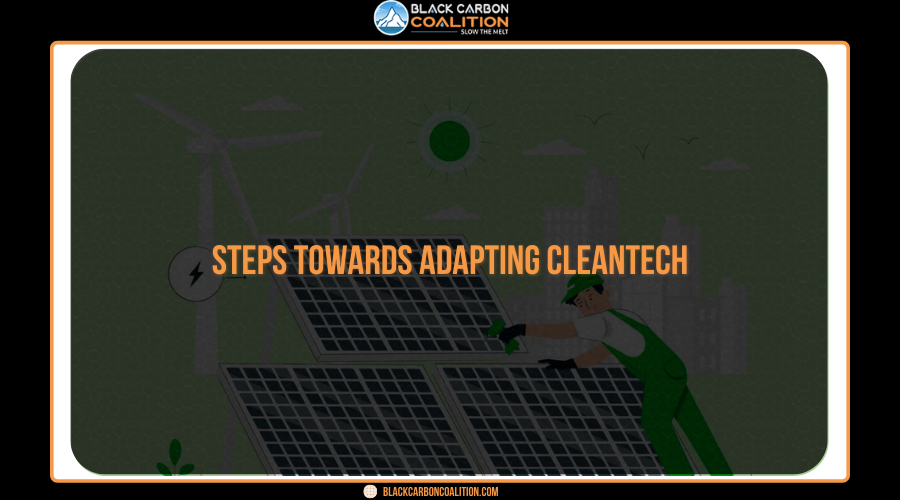Steps Towards Adapting Cleantech

1. Solar power is now cheaper than coal:
In the last few years, the price of solar photovoltaic panels has dropped precipitously, making them cheaper than coal-generated power in many parts of the world. This is a major breakthrough for renewable energy, and it means that solar power is now a viable option for many countries looking to reduce their reliance on fossil fuels
2. Electric cars are becoming more affordable:
Another cleantech breakthrough is the increasing affordability of electric cars. As battery technology improves and production costs come down, electric cars are becoming more and more affordable for the average consumer.
3. Wind power is now cost-competitive with natural gas:
In the past, wind power has been more expensive than natural gas-generated power. However, that is no longer the case. Thanks to advances in technology, wind power is now cost-competitive with natural gas in many parts of the world.
4. We’re getting better at storing energy:
One of the challenges with renewable energy is that it is often intermittent, meaning that it doesn’t always generate power when we need it. This is where energy storage comes in. By getting better at storing energy, we can make renewable energy a more reliable and consistent power source.
5. Wave and tidal power are becoming more viable:
Wave and tidal power are two other forms of renewable energy that are starting to become more viable as technology improves. Wave power is still in its early stages, but it has great potential. Tidal power is more mature and is already being used in some parts of the world, such as the United Kingdom.
6. We’re making progress on nuclear fusion:
Nuclear fusion is often called the “holy grail” of energy because it has the potential to be virtually limitless and environmentally friendly. We’re making steady progress on nuclear fusion, and it’s looking like it could be a viable energy source in the future.
7. Geothermal energy is becoming more accessible:
Geothermal energy is another form of renewable energy that is starting to become more accessible as technology improves. In the past, geothermal energy has been mostly used in areas where there is already a lot of heat, such as near volcanoes. But now, we’re starting to see geothermal power plants in other parts of the world, such as Iceland.
8. We’re getting better at using biomass:
Biomass is another form of renewable energy that is starting to become more viable as technology improves. Biomass is organic material that can be used to generate power, and we’re getting better at using it to generate electricity and heat.
9. Building micro automation
Micro-automation is a form of automation that uses small, specialized robots to perform tasks that are traditionally done by human workers. This technology is already being used in a number of industries, and it has the potential to revolutionize the way we live and work.
One of the biggest challenges facing micro-automation is the high cost of robots. But as prices come down and the technology matures, micro-automation is likely to become increasingly widespread.
10. We’re making progress on carbon capture and storage:
Carbon capture and storage is a technology that can be used to capture carbon dioxide emissions from power plants and other industrial facilities, and then store them underground. This is a crucial technology for fighting climate change, and we’re making progress on it.
11. LED lighting is becoming more popular:
LED lighting is more energy-efficient than traditional incandescent lighting, and it is starting to become more popular. LEDs use less electricity and last longer than traditional light bulbs, making them a more cost-effective option for lighting.
12. We’re getting better at recycling:
Recycling is another important cleantech area. We’re getting better at recycling materials, such as metals and plastics, which reduces the need to mine and extract new resources. This is good for the environment and also helps to save energy.
